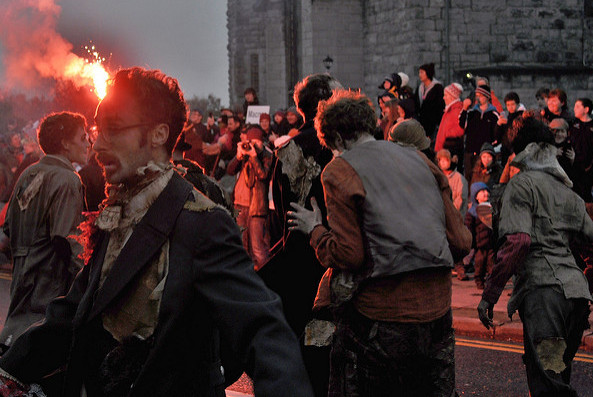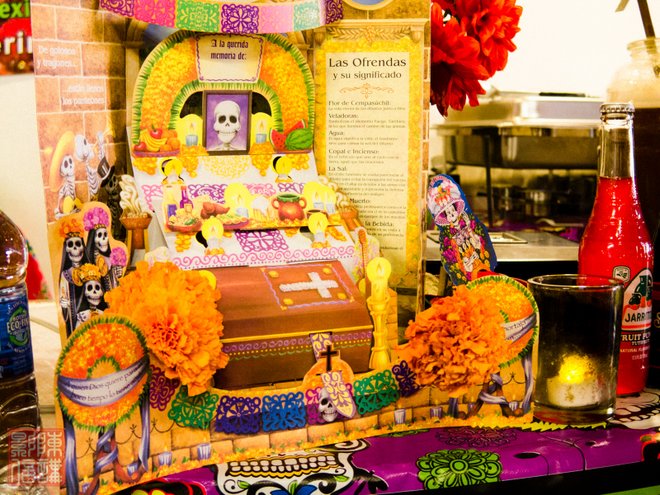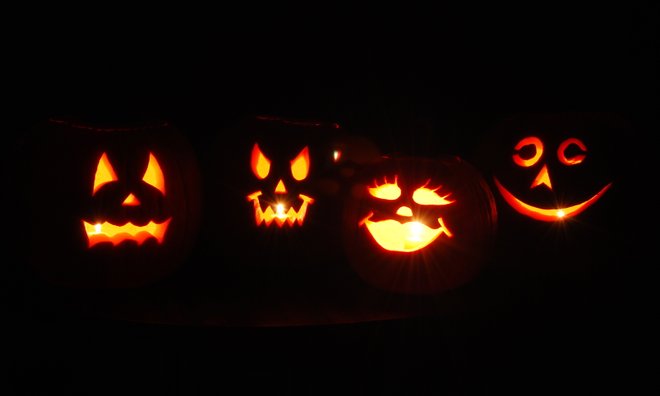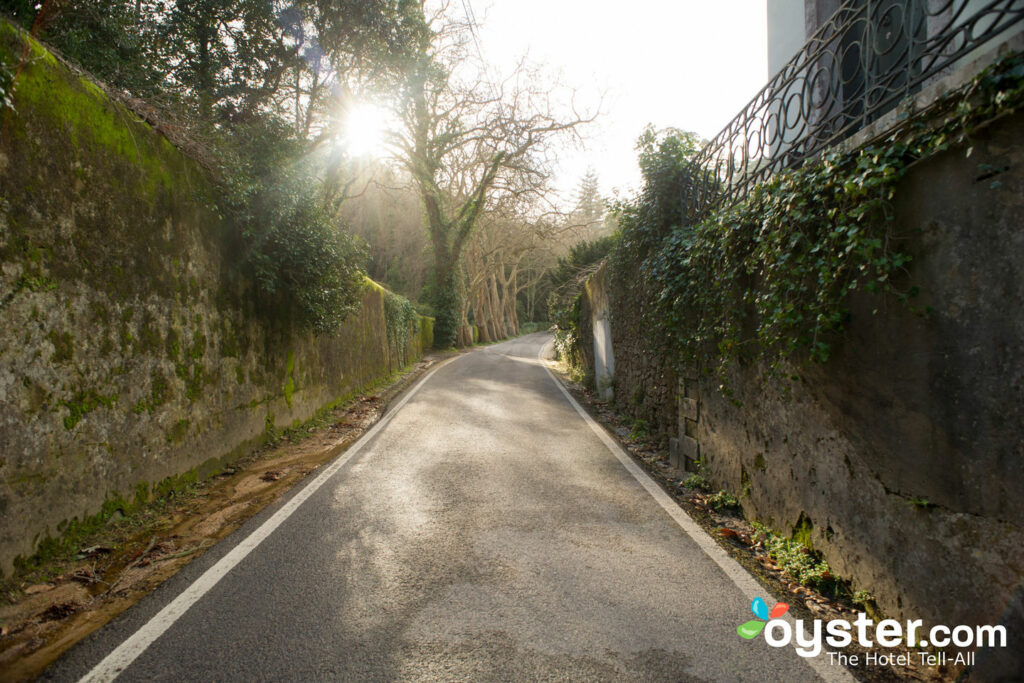Like most Western holidays, Halloween's origins date to pre-Christian traditions; in this case, the holiday developed out of the Celtic festival of Samhain. Despite its ancient Irish roots, though, Halloween is considered a new American holiday by much of the world -- and it is the U.S. that lent the holiday its more modern, recognizable traditions such as costumes, trick-or-treating, and ghoulish themed parties. In fact, Halloween as we know it today didn't become a "thing" in much of the world until the late 1990s, and therefore most Halloween parties overseas don't look much different than the ones you might see stateside.
That said, All Saints' Day on November 1 and All Souls' Day on November 2 have been celebrated around the world for centuries, particularly in countries with large Catholic and Eastern Orthodox populations. If you happen to be traveling around Halloween this year, here are a few countries where you might come across some interesting traditions.
Ireland
Photo credit: young shanahan, Flickr
Halloween originated in Ireland, so it’s no surprise that the Emerald Isle is the one place outside of North America where you’re sure to find plenty going on for All Hallows’ Eve. While trick-or-treating, carving pumpkins, and dressing up as ghouls and goblins are all popular traditions, Ireland has a few customs that haven’t crossed the Atlantic. These include the consumption of barnbrack (a traditional fruitcake), lighting bonfires, and setting off fireworks. There are also plenty of special events held across the island, including Derry’s huge Banks of the Foyle Halloween Carnival — a street party with thousands of costumed revelers — and bigger cities, including Dublin and Galway, host grand parades and street fairs.
Dublin Party Hotel:
Mexico
Photo credit: Benjamin Chan, Flickr
Day of the Dead (or Día de Muertos) is arguably Mexico’s best-known festival — it even has a place on UNESCO’s Intangible Cultural Heritage of Humanity list. Today, the Mexican holiday is associated with All Saints and All Souls Day, but some believe it actually originated from Aztec practices dedicated to the goddess of the dead.
While the festival is feted across the country, the celebration is particularly beloved in the central and southern regions. The traditions of this three-day fete vary regionally, but there are a number of practices found throughout the country. These include constructing altars to deceased family members, and visiting graves with offerings such as candy skulls made of sugar, sweet breads, and bottles of tequila and mezcal.
Italy
Photo credit: James Willcox, Flickr
Although Halloween isn’t particularly popular in most of Italy, the small island of Sardinia has long been practicing traditions similar to those found in the United States. In some parts of the island, children go door to door asking for sweets on behalf of souls stuck in purgatory. Some Sardinians also display jack-o-lanterns, known locally as “Concas de Mortu” (or heads of the dead).
Sardinia Boutique Hotel:
Portugal

While trick-or-treating isn’t a typically Portuguese tradition, children here do participate in a tradition known as Pão-por-Deus (bread for God) on the morning of November 1. Kids go door to door (without costumes) and when neighbors answer, they cry out “Pão-por-Deus” to receive breads, trinkets, or candy.
Related Stories:
- Spooky Vacation Ideas for Halloween
- 10 Jaw-Droppingly Eerie Ghost Towns Around the World
- Marilyn Monroe Fans Will Love This (But Others May Find it Creepy)
All products are independently selected by our writers and editors. If you buy something through our links, Oyster may earn an affiliate commission.



